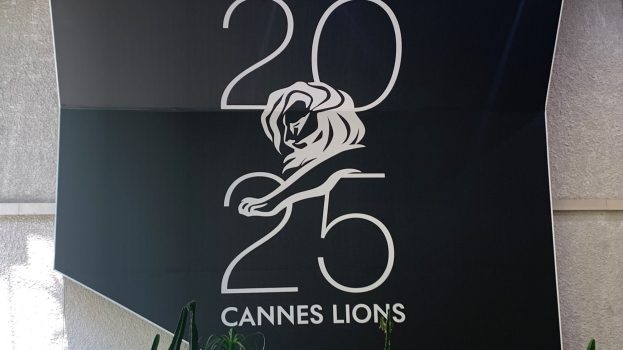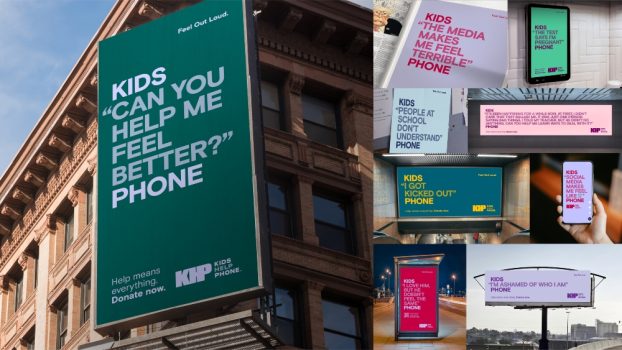The 2001 direct marketing program, which generated some $62 million in measurable tourism revenue, earned the Vancouver-based tourism company the gold award in the leisure/travel products & services category of the RSVP award show run by the Canadian Marketing Association last November.
This year’s campaign launching in late February will see various changes, many of which are the result of the altered landscape and lingering fears of flying following the terrorist attacks on the United States.
‘September 11 led us to do an assessment to evaluate whether or not our target markets are still appropriate and whether or not our message is still appropriate,’ says Carol Nelson, Tourism British Columbia’s director of marketing and sales for North America.
‘We still believe our original target market is valid, but we have shifted some of our media, by putting an increased emphasis on the short-haul markets, particularly on the people who live within driving distance,’ she says. Banner advertising will be used in major newspapers to reach these markets.
Some of the direct mail pieces have also been altered. For example, all direct mail is now sent out in translucent envelopes to avoid sparking fears of bio-terrorism. ‘None of the changes have altered our core strategy but at a tactical level things have had to change slightly,’ Nelson explains.
The 12-week campaign targets leisure visitors in selected U.S. and Canadian markets with a direct-response marketing campaign. It centres around two guidebooks – one highlighting the urban experience in Vancouver, Victoria and Whistler, and the other presenting the natural beauty of the province’s various regions.
In last year’s $6-million program, 2.5-million guides were distributed, primarily in cities, and Nelson hopes to match that figure this year, although funding decreases may make that a tough challenge.
‘At a corporate level, Tourism BC’s funding is derived from a percentage of hotel tax in B.C. and we are anticipating a decline of 5% in that area next year, so we will have to make some reductions across the board,’ Nelson says. However, she continues, ‘We are trying to maintain this year’s campaign at the same level and find efficiencies throughout the organization. After each year, we strive to take any learning from the campaign and do a thorough analysis of every media vehicle to evaluate the cost-effectiveness.’
For the past four years, the BC Escapes program, organized with Tourism BC’s agency of record, Cossette Communications, has operated in partnership with the Canadian Tourism Commission, Tourism Vancouver, Tourism Victoria and Tourism Whistler, as well as various airlines and other businesses in B.C., and these links remain strong for the coming campaign.
As before, a combination of TV, newspaper and direct marketing will be used to reach the long-haul markets of San Francisco, Los Angeles, Phoenix and Toronto, as well as the short-haul markets, of Seattle, Portland, Calgary, Vancouver and Victoria. In some target markets the guides are also inserted into newspapers. TV ads reach U.S. audiences through the Travel Channel, and online banner ads will be featured on various travel sites and search engines.
As well as presenting a clear view of what is available, with prices and special offers, the guidebook also provides consumers with details of Tourism BC’s information line, which they can use to get information and make bookings. ‘The main focus of this is to drive business and generate inquiries,’ Nelson says.
Last year’s campaign generated more than 60,000 inquiries through the call centre, an increase of 26% over the previous year. More than 10,000 reservations were made through the call center alone. The overall campaign received a 16% response rate from the 60-million households reached.
People who call or make an Internet inquiry as a result of a direct response TV spot are automatically added to Tourism BC’s in-house database, providing a hotbed of interested consumers for future direct-mail efforts.
‘We divided our customers’ business into people who had inquired and people who had made bookings and we sent equal quantities of the guide to each group.’ By this method, 40,000 guides were mailed to potential customers in long-haul markets and 20,000 were sent to those in short-haul markets. In 2002, the campaign will be more heavily weighted towards short-haul visitors.
Last year’s campaign was the first to include an online element. Consumers were invited to go the Web site at www.hellobc.com and leave a name and address to have the guidebook sent to them.
Although the online element has proved a very useful tool, with 44% of requests for guidebooks coming through the Internet, Nelson believes that the Internet will never be a substitute for other forms of direct marketing. ‘No matter what sort of service we offer online, people still want to receive something in the mail. They appreciate that hard copy to browse through at the breakfast table.’
Nelson hopes that BC Escapes will continue to develop and grow in the years ahead, as she believes the market in BC is ripe for direct marketing.
‘From a direct marketers point of view, the market in terms of the client base is not as big as in Toronto, but the direct marketing being generated here is equally sophisticated. We have a very large technology sector here which is always receptive to things like e-mail and I can only see that growing.’























